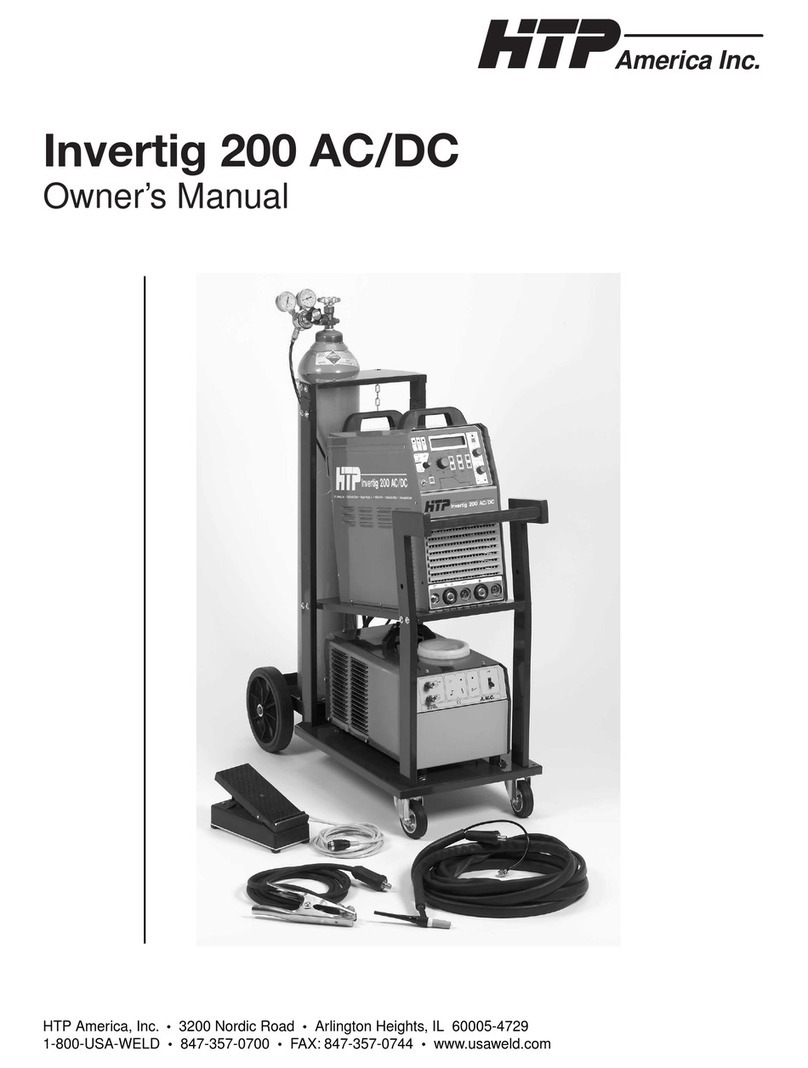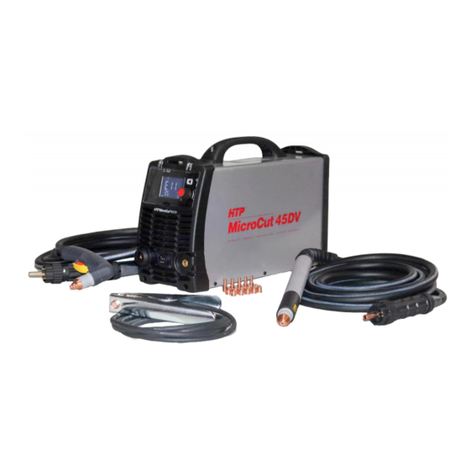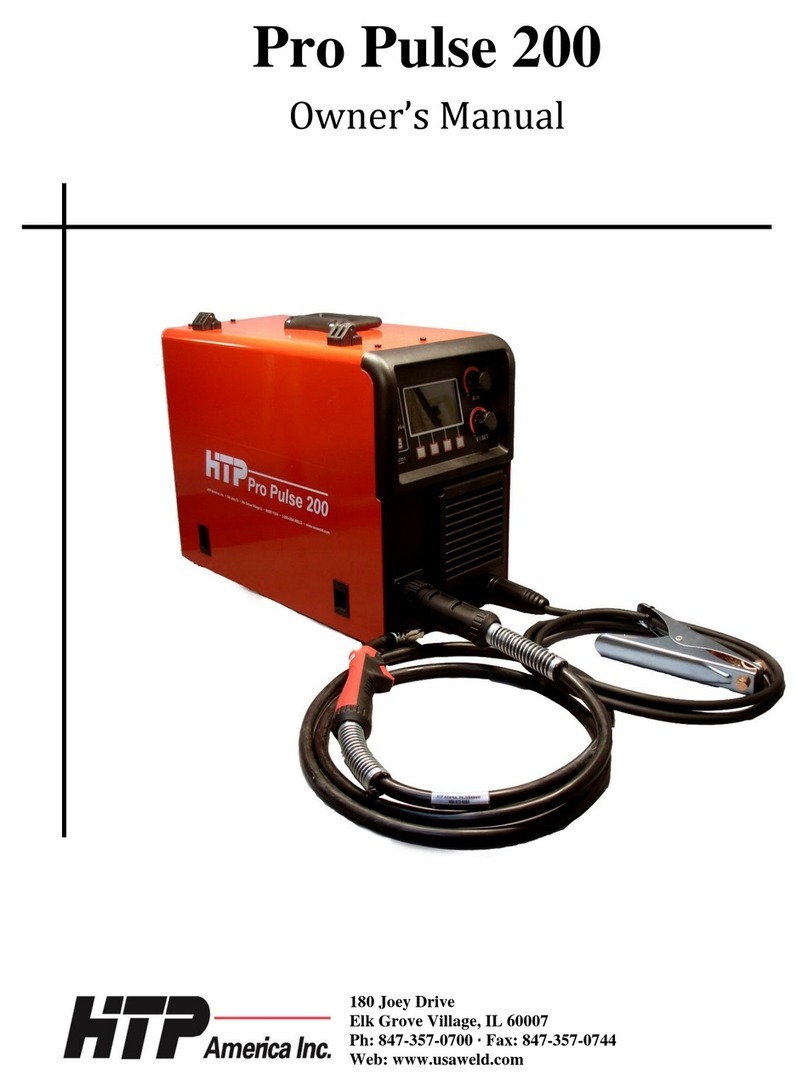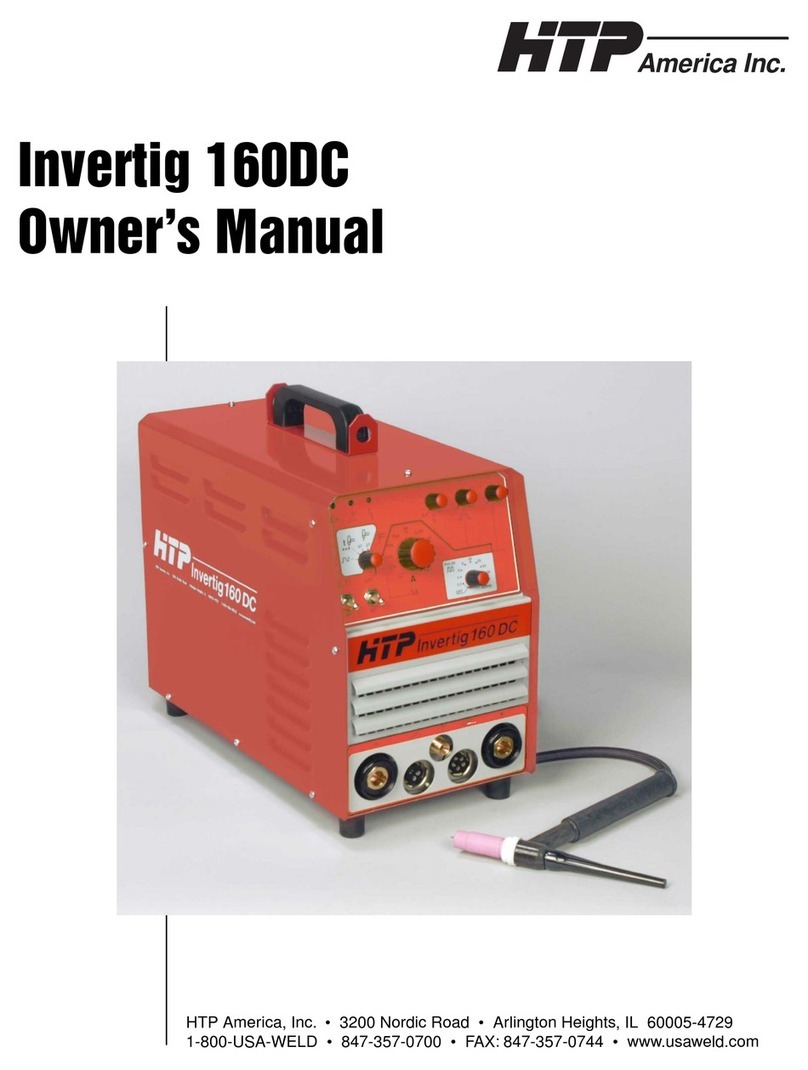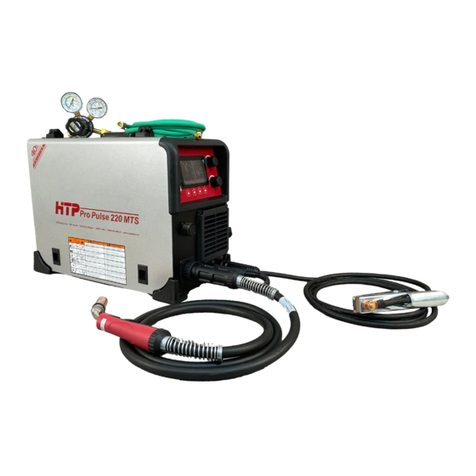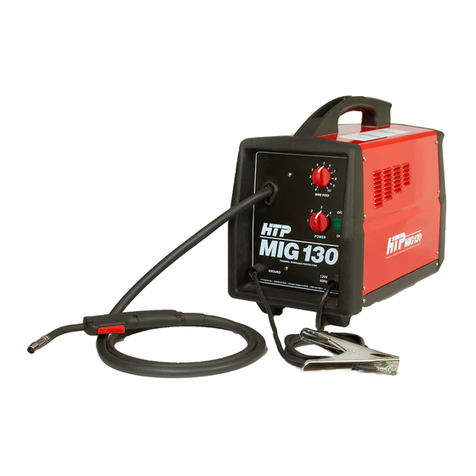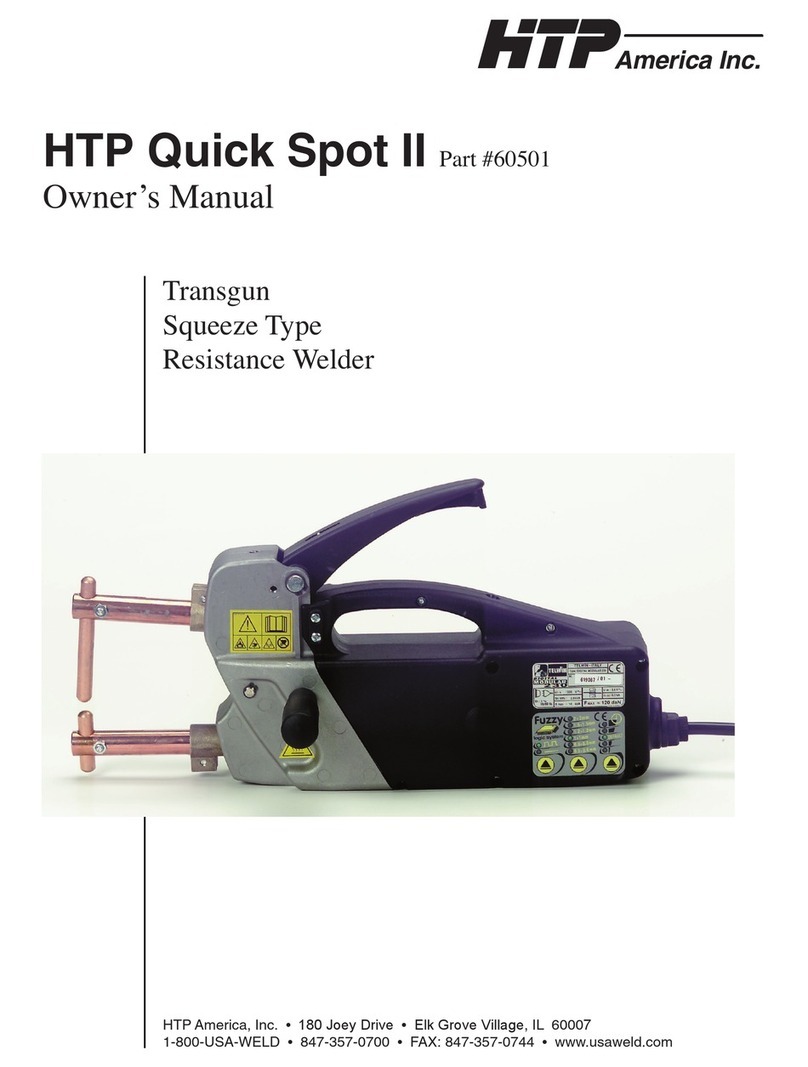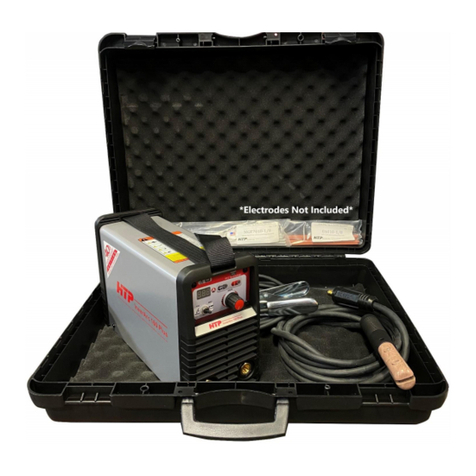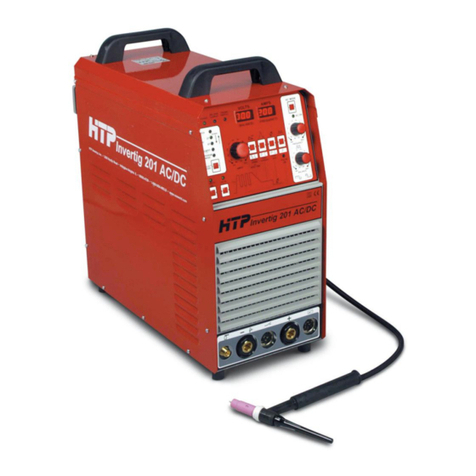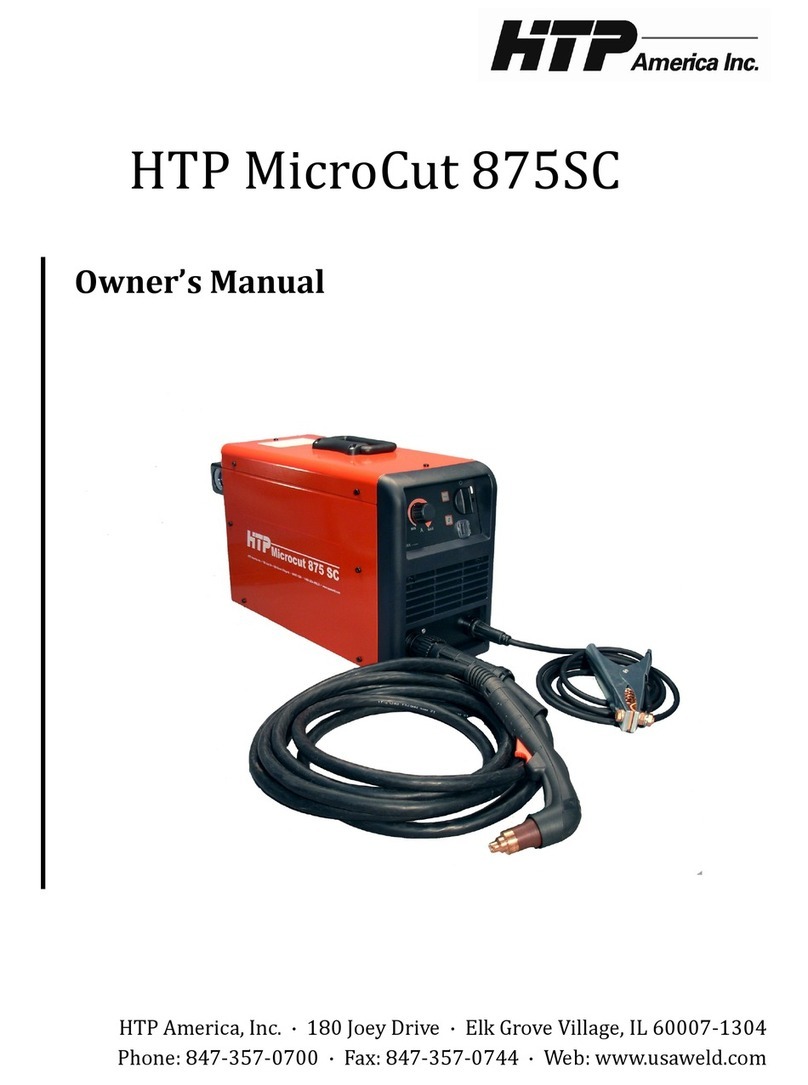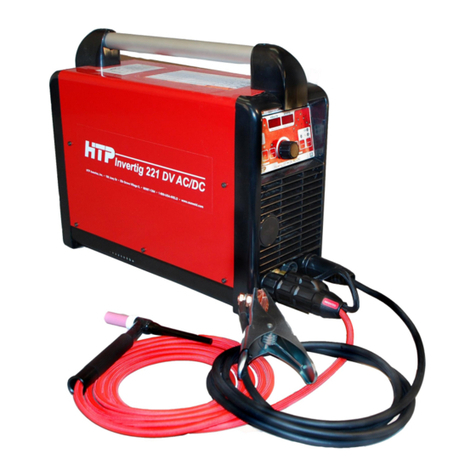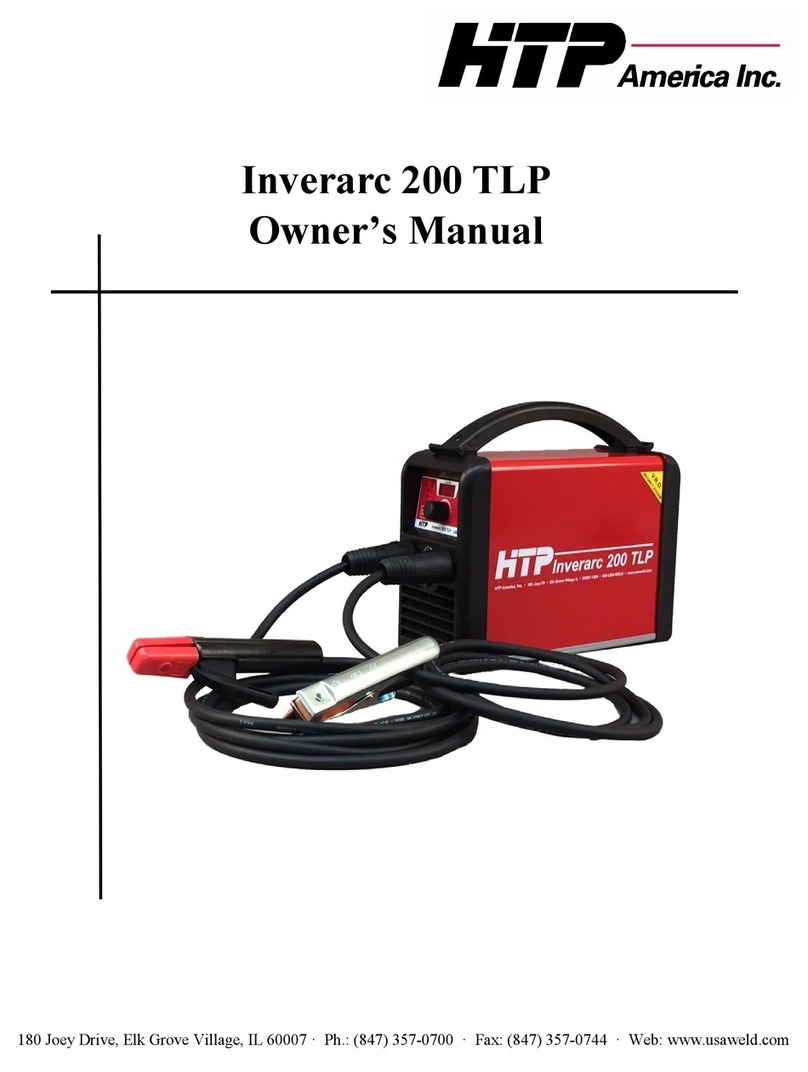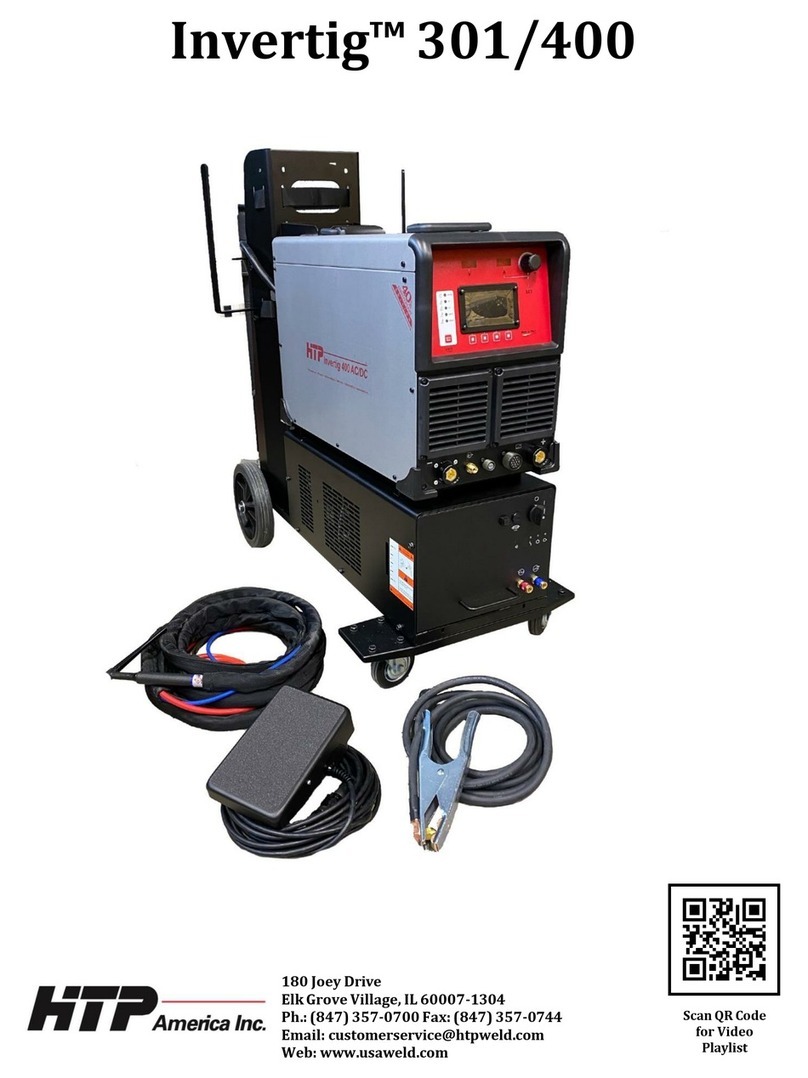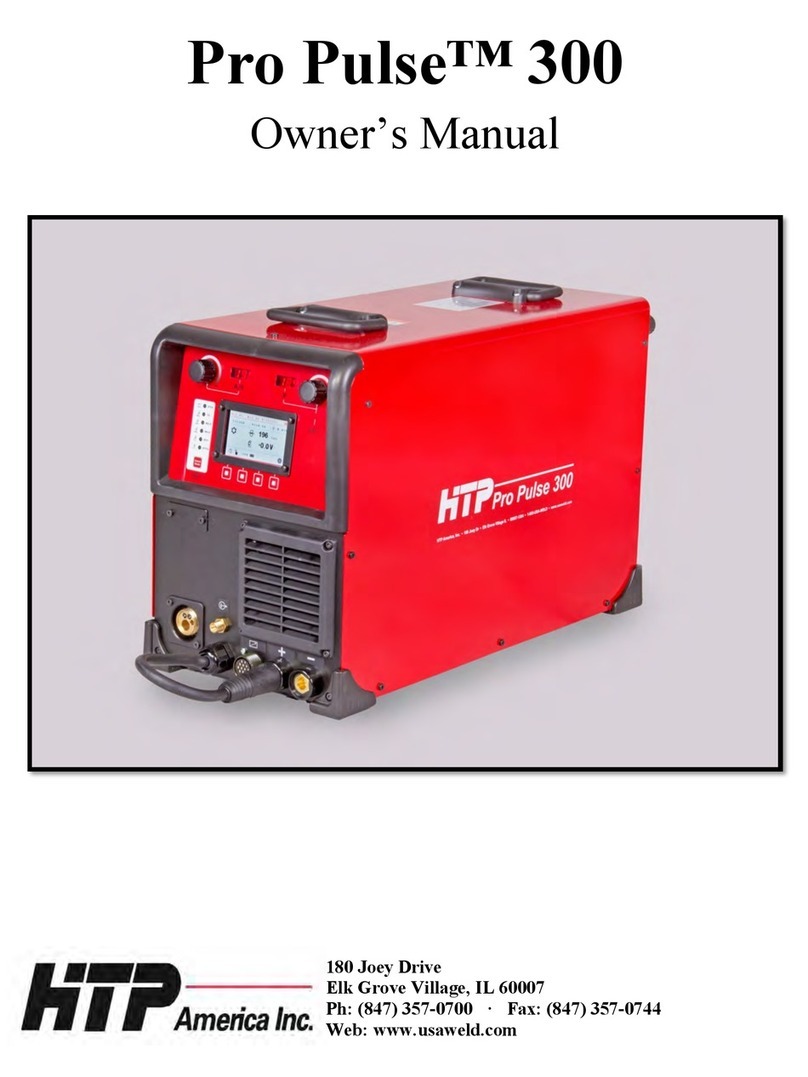For more information, refer to the following standards and
comply as applicable.
1. ANSI Standard Z49.1 SAFETY IN WELDING AND
CUTTING, obtainable from the American Welding Society,
2051 NW 7th St., Miami, FL 33125
2. ANSI Standard Q87.1 SAFE PRACTICE FOR
OCCUPATION AND EDUCATIONAL EYE AND FACE
PROTECTIONS, obtainable from American National
Standards Institute, 1430 Broadway, New York, NY 10018.
3. American Welding Society Standard A6.0 WELDING AND
CUTTING CONTAINERS WHICH HAVE HELD
COMBUSTIBLES, obtainable same as item 1.
4. NFPA Standard 51. OXYGEN-FUEL GAS SYSTEMS FOR
WELDING AND CUTTING, obtainable from the National
Fire Protection Assoc., 470 Atlantic Avenue, Boston, MA
02210.
5. NFPA Standard 51B. CUTTING AND WELDING
PROCESSES, obtainable same as item 4.
6.
CGA Pamphlet P-1. SAFE HANDLING OF COMPRESSED
GASES IN CYLINDERS, obtainable from the Compressed
Gas Association, 500 Fifth Avenue, New York, NY 10036
.
7. OSHA Standard 29 CFR, Part 1910 subpart Q, WELDING
CUTTING AND BRAZING.
Electrical Connection
Your HTP MTS 160 will only operate when PROPERLY
connected to a 220 volt, single phase power source wired for a
minimum of 25 amps. All electrical connections should be
done by a qualified electrician in accordance with the National
Electrical code and local codes and ordinances. Due to the
large number of 220-volt receptacles, the MTS 160 is supplied
without a plug. When installing the plug, the green or yellow-
green wire MUST BE CONNECTED TO GROUND, OR
SERIOUS INJURY MAY RESULT. The blue and brown wires
are the hot leads.
Introduction
We congratulate you on the purchase of your new HTP MTS
160 MIG, TIG, and Stick Welder. Your HTP welding machine
will allow you to weld items you wouldn’t have thought
possible to weld. With proper care and maintenance, your new
HTP MIG Welder will deliver years of trouble-free service.
However, it is very important that you read the following
manual completely.
Safety Suggestions
ELECTRIC ARC WELDING PRODUCES ULTRA-VIOLET
RAYS WHICH ARE HARMFUL TO SKIN AND EYES.
ULTRA-VIOLET RADIATION CAN PENETRATE
LIGHTWEIGHT CLOTHING, REFLECT FROM LIGHT-
COLORED SURFACES AND BURN THE SKIN AND EYES.
WEAR FLAMEPROOF WELDING GLOVES WHICH ARE
NOT OILY OR GREASY. THE OIL OR GREASE ON THE
GLOVES MAY IGNITE.
• Wear a heavy, pocketless, long sleeve shirt, cuffless trousers,
and high-topped work shoes. Wear a full-face welding helmet
with a number eight or darker lens and a cap. These
precautions will protect eyes, hair, face, and skin from arc
rays and hot material.
• To avoid fire, do not weld on wood, plastic tile, or carpeted
floors. Concrete or masonry floors are safest.
• Do not weld on drums, barrels, tanks or other containers until
they have been cleaned as described in AWS Standard A6.01.
• Provide adequate ventilation in the welding area at all times.
Do not weld on galvanized zinc, cadmium or lead beryllium
materials unless you are POSITIVE that sufficient ventilation
is provided. These materials produce toxic fumes.
• Do not weld in areas close to degreasing or spraying
operations. Chlorinated hydrocarbon vapors may react with
the ultra-violet rays and form highly toxic phosgene gas.
• If you develop momentary eye, nose or throat irritation
during welding, stop welding immediately. This is an
indication that ventilation is not adequate. Do not continue to
weld until ventilation is improved.
• Exposed, electrically hot conductors or other bare metal in the
welding circuit, or ungrounded electrically hot equipment can
fatally shock a person whose body becomes a conductor.
Do not stand, sit, lie, lean on or touch a wet surface when
welding.
• Frequently inspect cables for wear, cracks, and damage.
Replace those with excessively worn insulation to avoid a
possible lethal shock from bared cable.
3

